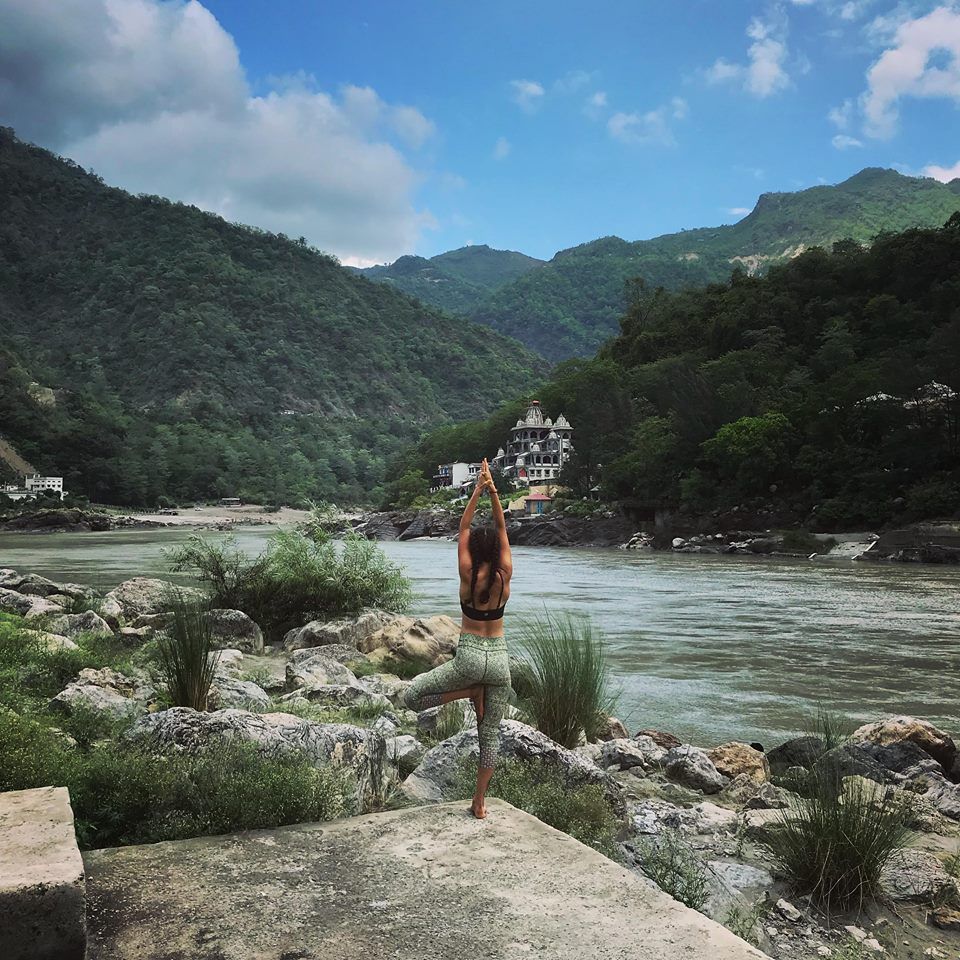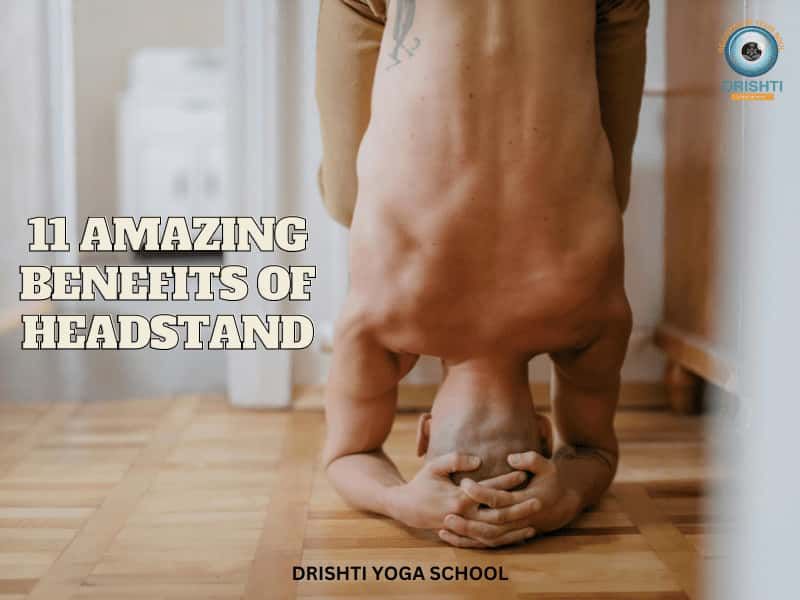The Downward Dog pose, or Adho Mukha Svanasana in Sanskrit, is one of the most recognizable and foundational yoga poses. Often used as a transitional posture or resting position in a yoga sequence, it resembles an inverted “V” where hands and feet are firmly planted on the ground while hips lift skyward. Though it may look simple, this pose delivers a powerful combination of strength, flexibility, and mental clarity.

Here is the list of 10 Benefits of Downward Dog Pose –
- Builds Upper Body Strength
- Stretches the Hamstrings and Calves
- Improves Posture and Alignment of the Spine
- Improves Circulation
- Energizes and Alleviates Tiredness
- Calms the Nervous System
- Enhances Balance and Coordination
- Stretch and Open the Chest and Shoulders
- Assists the Digestion
- Improves Core
Why The Modern Tech World Needs Yoga
In an extremely fast-paced and technology-driven world, people are continuously connected, but often feel disconnected from their bodies. After spending hours hunched over a laptop, staring at a phone, or in a car, people may be more than likely to experience worsened posture, circulation, and general well-being. Stress, anxiety and burnout are more common than ever.
Also Read – Top 10 Best Yoga Schools in the World
This is where yoga—and especially poses like Downward Dog —comes in. Yoga brings us back into balance. Yoga can help to counteract the adverse physical affects from being sedentary and the destructive effects from the sounding stimulation of technology. When we practice yoga enough to incorporate mindfulness, body awareness, and like during a practice being able to pause in the chaos, we regularly practice yoga in a mindful way. Downward Dog is similar to the popular “reset” button. Downward Dog allows a person to stretch tired muscles, calm the mind, and rejuvenate.
10 Benefits of Downward Dog Pose –

- Builds Upper Body Strength
Downward Dog is an excellent position for building strength in the upper body, and particularly in the arms, shoulders, and upper back. As you press your hands into the mat and hold some of your body weight, all the muscles in your upper body become engaged and toned over time. In addition, your upper body endurance will develop with consistent practice, which can be important if you have a sedentary lifestyle or work from a desk.
- Stretches the Hamstrings and Calves
If you have tightness through the back of your legs, Downward Dog is a great pose for stretching. It creates a deep stretch in the hamstrings and calves and even the Achilles tendons. Improving flexibility through the hamstrings and calves can often lead to better posture, injury prevention, and a reduction in lower back pain. Over time, you will notice increased range of motion and improved ease in your legs.
- Improves Posture and Alignment of the Spine
Downward Dog encourages lengthening through the spine and can help relieve some of the compression on the spine caused by the daily activities of sitting or hunching. By actively pressing the floor away and lifting the hips towards the sky, you will find better alignment of the spine in the Downward Dog position, ultimately improving your posture and relieving some tension in the neck and shoulders.
- Improves Circulation
The heart is above the head in this semi-inversion position, which enhances blood circulation throughout the body. Better blood circulation improves oxygenation of cells, energizes the brain and enhances heart health. Improved circulation may also aid in muscle recovery after physical activities.
- Energizes and Alleviates Tiredness
Downward Dog is often viewed as both restorative and energizing. Performing Downward Dog for just a couple of breaths can revive the body and diminish tiredness and sluggishness. It’s an awesome pick-me-up in the middle of the day if you are feeling tired or mentally drained.
- Calms the Nervous System
This pose turns on the body’s parasympathetic nervous system, making the body feel relaxed and to recover. It helps promote deep breathing, calm racing thoughts or anxiety, and relax. If practiced regularly, Downward Dog has the ability to develop a state of stress management and generate tranquillity.
- Enhances Balance and Coordination
While Downward Dog is a grounded posture, it requires the coordination of evenly distributing weight between your hands and feet. This act of evenly distributing weight requires coordination, body awareness and balance. Eventually, you’ll become more aware of your own body’s center of gravity and also be more stable in your other poses/ movements.
- Stretch and Open the Chest and Shoulders
Poor posture and long periods in front of a screen can leave many people tight in the chest and shoulders. Downward Dog helps to open these areas, which increases flexibility and mobility. An open chest also supports a better quality of breath, making it easier to take deep, full breaths while performing physical activity or meditation.
- Assists the Digestion
The pose will gently massage the abdominal organs, and support digestion. A slight compression of the abdomen can assist the movement of food through the intestines, and may assist with bloating or discomfort in the area. If paired with mindful breathing, the benefits to digestion can be improved.
- Improves Core
Downward Dog is often a base posture that provides strength, flexibility and awareness necessary to prepare for other “advanced” yoga asanas, as well as a transition pose as the body prepares for inversions, backbends, and balance focused asanas.
Having a solid Downward Dog helps you to feel more confident and secure when progressing in your yoga practice.
Conclusion –
Though it seems easy, Downward Dog Pose is a full-body motion with great physical and mental benefits. Whether you do yoga once a week or once a day, the added benefits of Downward Dog can help increase your strength, flexibility, posture, and overall well-being. It also is just a gentle reminder that sometimes the simplest practices have the biggest benefits.
So next time you pull out your mat, take a few more breaths in Downward Dog—and let your body be grateful.
Join Best Yoga School in Rishikesh for Yoga TTC..

